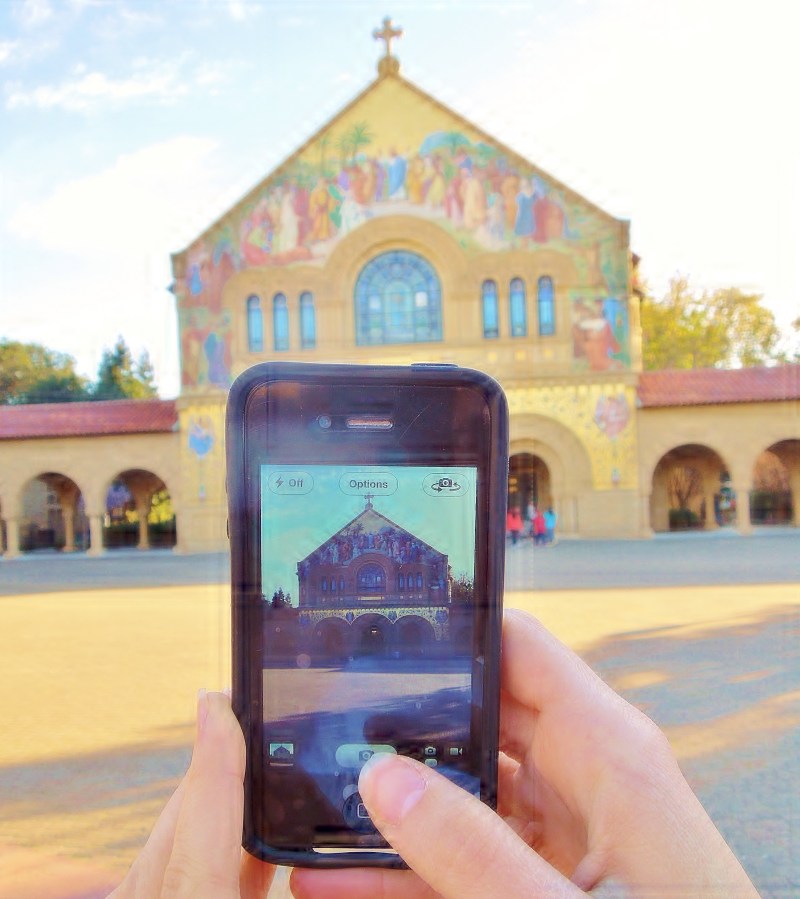
(KATHERINE CARR/The Stanford Daily)
The Ways of Thinking / Ways of Doing (WAYS) requirements — the new undergraduate general education requirements (GERs) that started with the Class of 2017 — finished their first year with overall positive responses.
Under the WAYS requirements, undergraduates must take classes in eight categories during their four years at Stanford, including Creative Expression (CE), Aesthetic and Interpretive Inquiry (AII), Social Inquiry (SI), Applied Quantitative Reasoning (AQR), Scientific Method and Analysis (SMA), Formal Reasoning (FR), Ethical Reasoning (ER) and Engaging Diversity (ED).
Reimagining the GERs
The previous GERs required students to complete one course in each of five broad disciplinary categories in addition to two courses on citizenship. However, the WAYS focus on developing skills by encouraging students to take interdisciplinary courses both within their majors and in different fields.
“Students are not simply checking [classes] off as, ‘Yeah, I got to do my requirement,’ but are choosing classes they are interested in,” said associate professor in the computer science department Steve Cooper, who also serves on the Breadth Governance Board, which oversees the WAYS requirements.
According to Vice Provost for Undergraduate Education Harry Elam, Jr., who helped design the requirements, there are currently 1,352 courses that fulfill WAYS requirements, with the number of approved courses growing.
The size of WAYS classes range from one person in a music class fulfilling the CE requirement to 600 students in an introductory computer science class satisfying the FR requirement.
While some new courses, such as the popular ARTSTUDI 173E: Cell Phone Photography class, have been created for specific WAYS categories, existing courses have also been tailored to meet the necessary requirements.
“The new requirements stimulated different departments on campus to imagine and reimagine how courses fit in one or more WAYS,” said Rob Reich, associate professor of political science.
Student Responses
According to Christine Chen ’17, the WAYS requirements have given her and other students the ability to choose GER-fulfilling classes that fit into their majors. Chen, who plans to major in human biology, said that courses she needed to take for her major, like chemistry, already fulfilled a WAYS requirement.
“I haven’t really given too much thought to [the requirements] in terms of it dictating my courses – it is more of a bench mark for me,” Chen said.
While students with a very structured academic path, like engineering majors, may find it difficult to fit in the WAYS on top of their major requirements, for Chen, it hasn’t been a problem.
On the other hand, the requirements also push students to try classes outside their major departments. Skye Mooney ’17, a potential human biology major, enrolled in a dance class to fulfill her CE requirement.
After choreographing a dance for her final project and performing a preview of her creation to her residence hall mates, Mooney said, “The class went outside my comfort zone, but I ended up loving it.”
Mooney also spoke about how allowing more courses to satisfy multiple relevant WAYS requirements could potentially improve the program.
“There are some classes that could potentially fulfill two WAYS requirements, but are only listed as fulfilling one,” Mooney said.
The biggest change: Creative Expression
According to Elam, this past year there have been new courses in all of the arts for the CE requirements.
“The biggest change has been with Creative Expression,” said Stephen Hinton, professor in the humanities, professor of music and chair of the CE subcommittee within the Breadth Governance Board.
Previously, activities like dance and orchestra were separate from the academic realm, but now a creative class is required for graduation.
“Extracurricular activities, like music lessons and art lessons, are now part of the breadth requirements,” Hinton said, “In this way the University has expanded the notion of what counts as curricular work.”
Janice Ross, professor of theatre and performance studies, director of the Dance Division at Stanford and member of the CE and ED subcommittees within the Breadth Governance Board, explained that more resources have also been put into CE courses as result of the WAYS requirements.
“CE received a fabulous boost with resources to create more classes because there was a concern about not enough courses to meet demand,” Ross said.
Adjusting to the WAYS
According to Ross, based on preliminary Q&As, the ED requirement was one of the least popular among students.
“[Engaging Diversity] wasn’t high out there as a skill [students] thought they needed to get,” Ross said, “Hopefully that will change as students move through those classes.”
Ross also spoke about the difficulties that faculty have encountered throughout the transition.
“I’ve seen the most impact on the faculty, because in the first round they’ve been the ones who’ve been hit the hardest by the change,” Ross said.
Hinton said that professors are still understanding how the WAYS work and which categories their courses fit into.
“Sometimes a professor submits a course to fulfill one requirement, but the course would actually fit better in a different category,” Hinton said.
Hinton explained that fleshing out a course and its syllabus to fit the intended requirement category is also a challenge in some cases. He also spoke about the importance of looking at all WAYS courses being offered by a particular department in order to create a more global view of the program.
“Instructors are submitting individual courses for [WAYS] approval now,” Hinton said. “But looking at the totality of the offerings and seeing how the departmental offerings as a whole are meeting the educational requirements could be beneficial.”
Too early to evaluate
However, with only one undergraduate class having experienced the WAYS, Elam said that it’s too early to tell how successful the implementation has been and whether or not there is any need for improvements.
“We haven’t done any focus groups or anything explicit,” Elam said. “It is just based on student evaluations.”
Professor of statistics Susan Holmes explained that more data is needed before the WAYS requirements can be fully evaluated. Statistics coursessuch as STATS 60: Introduction to Statistical Methods: Precalculus and STATS 116: Theory of Probability, often fulfill WAYS requirements.
“They’re freshmen so we can’t see how [the implementation] impacts their education until the freshmen are finished,” Holmes said.
However, Holmes also said that a qualitative assessment shows that the WAYS’ goal of connecting different departments has been beneficial, as many non-math majors take statistics courses and provide different academic backgrounds.
The requirements also reflect the interdisciplinary nature of most fields. For example, Holmes’ own research involves using computational statistics to understand the interaction between the immune system and cancer.
“Nowadays people going into humanities or people in drama or art are interested in data and ways to represent it,” Holmes said.
Contact Jacqueline Carr at jacquelineecarr ‘at’ gmail ‘dot’ com.
